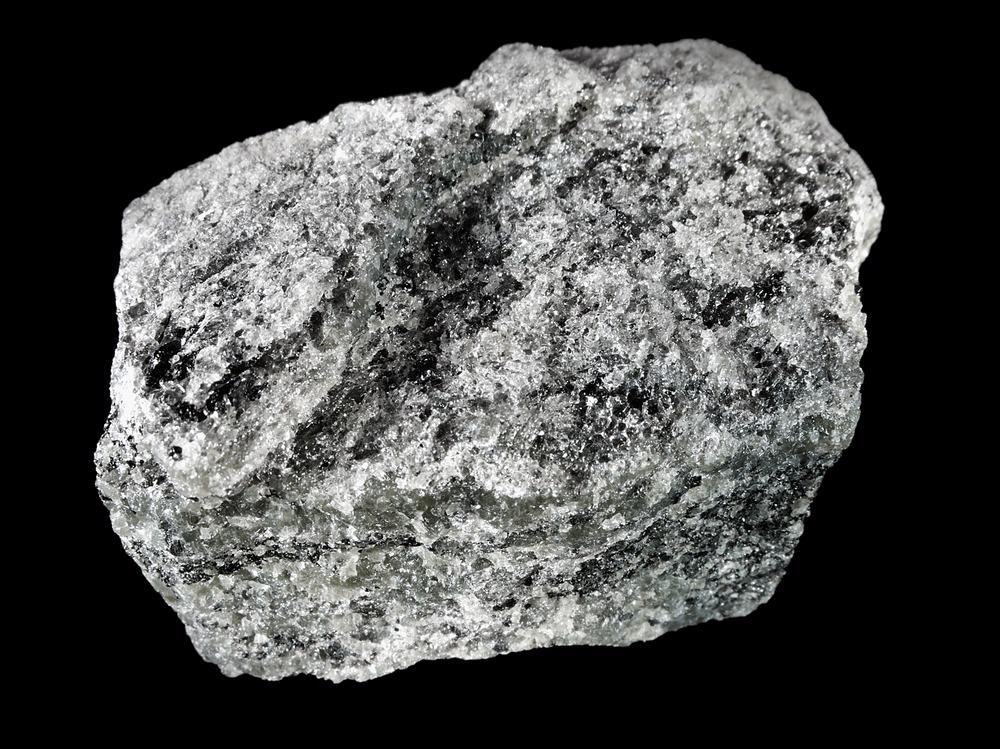 By Surbhi JainReviewed by Susha Cheriyedath, M.Sc.Apr 8 2022
By Surbhi JainReviewed by Susha Cheriyedath, M.Sc.Apr 8 2022In a review recently published in the journal ACS Applied Energy Materials, researchers discussed the utility of calcium phosphate paints for sub-ambient radiative cooling during the day.

Study: Calcium Phosphate Paints for Full-Daytime Subambient Radiative Cooling. Image Credit: Oreena/Shutterstock.com
Background
Global warming and environmental degradation are becoming major issues in today's world. Because of its zero-energy usage, no pollution, and low cost, passive radiative cooling is extremely important for energy conservation and global carbon neutrality. To achieve radiative cooling, solar radiation must be absorbed as little as possible and emitted as much as possible via the sky window.
Passive radiative cooling materials, on the other hand, must be exposed to solar radiation during the day. Materials should be highly reflective in the ultraviolet-visible-near infrared (UV-vis-NIR) band, which contains the majority of solar radiation while having a high emissivity in the atmospheric window to ensure optimal cooling performance. Thus, four common ways for achieving radiative cooling have been devised based on this rule: selective emitter, microstructure meta-surface, random particle distribution, and porous structure. The binders and pigments in the paint have been widely utilized to keep buildings cool and reduce the urban island effect.
About the Study
In this study, the authors discussed the development of an all-season and full-daytime sub-ambient radiative cooler based on Ca3(PO4)2-acrylic paint that had a high sky window emissivity and a suitable solar reflectance.
The researchers used acrylic powders as a binder and calcium phosphate powders as a pigment. The morphology and content of the coatings were studied using a scanning electron microscope (SEM) and an energy-dispersive spectrometry (EDS) instrument. A UV-vis-NIR spectrometer with an integrating sphere was used to detect solar reflectance.
To determine the reflectance, a Fourier transform infrared (FT-IR) spectrometer with a gold film reference mirror was used to detect the middle IR reflectance. A UV-enhanced solar simulator was used to analyze the UV irradiation and heat control effects of the as-synthesized paints. A forward-looking infrared camera was used to record the sample temperature as well as the IR thermal image.
The team developed two types of coatings i.e., commercial white paint coating and acrylic-calcium phosphate coating to test the daytime cooling performance. To quantify the paints' cooling performance, two field test rigs were created.
Observations
The developed radiative cooler based on Ca3(PO4)2-acrylic paint had a high sky window emissivity of 0.96 and a solar reflectance of 97.6%. Ca3(PO4)2 could efficiently reflect solar flux and dissipate infrared emission via the atmospheric window owing to its 5.6 eV bandwidth and 9.3 μm phonon resonance.
According to the summer field test analysis, the surface temperature was more than 18 °C below ambient temperatures, with an average cooling power of 95 W/m2. It was 38 °C below the ambient temperature at noon, with a peak solar radiation intensity of 900 W/m2. The paint also had a conventional figure of merit of 0.72, which made it one of the best radiative cooling options.
Furthermore, the temperature of the Ca3(PO4)2 paint decreased to as low as 9 °C during the winter, which was 16 °C lower than the ambient temperature, and a three-day cycle resulted in an average cooling power of 60 W/m2. During a 24-hour cycle, the temperature of Ca3(PO4)2 paint was 6.9 °C lower than that of high-performance commercial white paint.
More from AZoM: What is Femtosecond Laser-Based 3D Printing?
The acrylic-calcium phosphate and commercial coatings' average reflectance from 0.2 to 2.5 μm was roughly 97.6 and 92.1%, respectively. The Ca3(PO4)2 coating had a reflectivity of more than 98% in the peak region of solar energy, and it still had a reflectivity of approximately 60% in the NIR region. The 24-hour mean temperatures of commercial paint and the Ca3(PO4)2 paint were 11.2 and 18.1 °C lower than the ambient temperature, respectively. The Ca3(PO4)2 coating averaged 20.9 °C below ambient temperature during the day. Ca3(PO4)2 paint's temperature lowered to 9 °C at night, which was 5 and 16 °C lower than commercial paint and ambient temperature, respectively. The naked aluminum substrate reached 63.7 °C during the noon test, whereas the commercial paint and Ca3(PO4)2 coating temperatures were 42.0 and 36.8 °C, respectively.
Conclusions
In conclusion, this study elucidated the development of a novel passive radiative cooling paint based on Ca3(PO4)2 as well as a high-performance commercial white paint for comparison. The Ca3(PO4)2 paint has a high solar reflectance of 97.6% and emissivity of 0.96 for sky windows. The Ca3(PO4)2 paint had unparalleled all-season and full-daytime sub-ambient radiative cooling characteristics. Its surface temperature was more than 18 °C below ambient temperatures, and it had an average cooling power of 95 W/m2 in the summer.
The authors believe that the as-fabricated paint has a lot of potential for passive radiant cooling, especially in tropical and subtropical climates with lots of sunshine, little precipitation, and high annual average temperatures.
Disclaimer: The views expressed here are those of the author expressed in their private capacity and do not necessarily represent the views of AZoM.com Limited T/A AZoNetwork the owner and operator of this website. This disclaimer forms part of the Terms and conditions of use of this website.
Source:
Lv, J., Chen, Z., Li, X., Calcium Phosphate Paints for Full-Daytime Subambient Radiative Cooling. ACS Applied Energy Materials (2022). https://pubs.acs.org/doi/10.1021/acsaem.1c03457